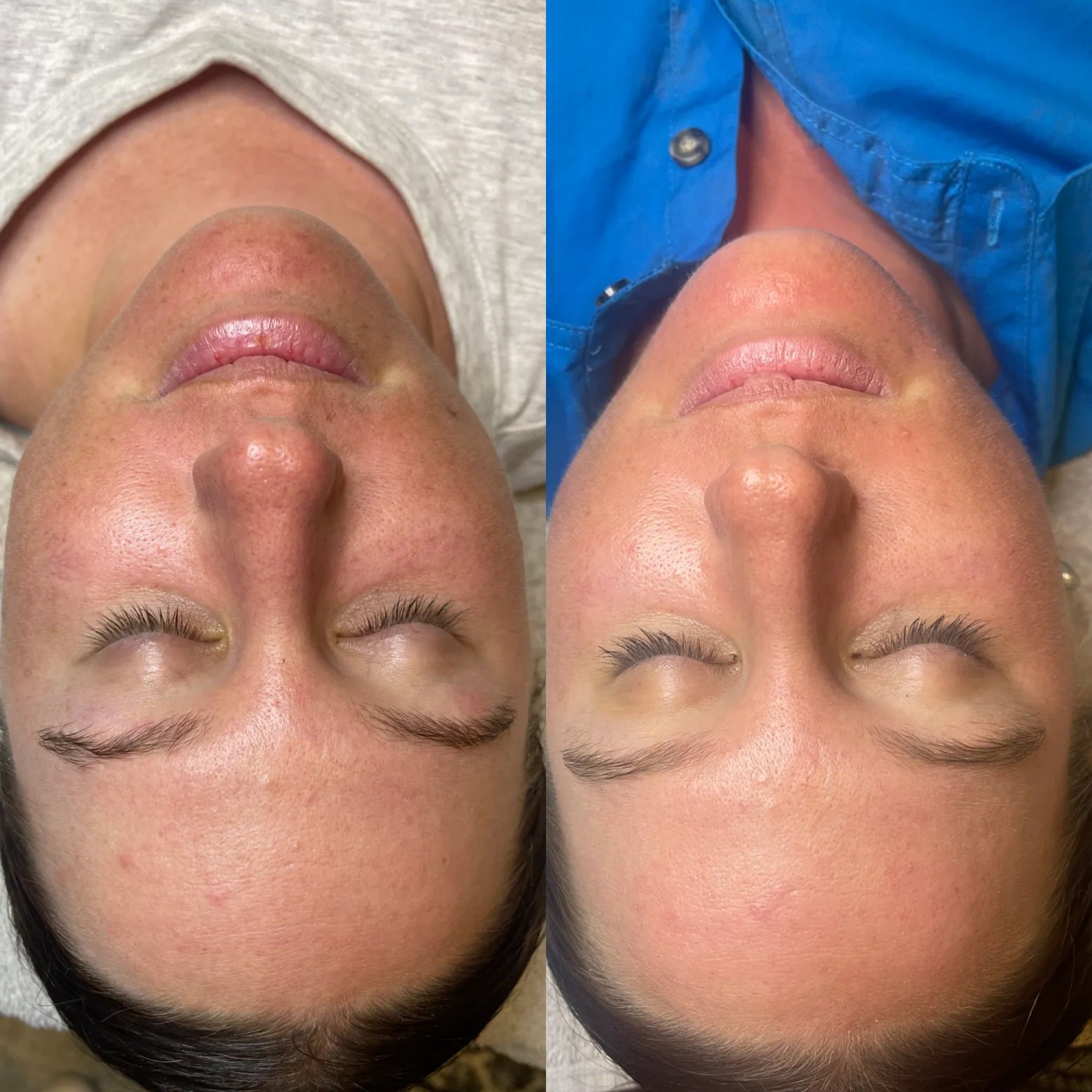Laser Resurfacing Treatment benefits and what types are there?
Laser resurfacing is a cosmetic procedure that uses laser technology to improve the appearance and texture of the skin. It can address a variety of skin concerns and offers several benefits. Here are some of the key benefits of laser resurfacing:
Skin Rejuvenation: Laser resurfacing stimulates collagen production in the skin, which helps improve skin tone and texture. It can reduce the appearance of fine lines, wrinkles, and age spots, giving the skin a more youthful and refreshed look.
Scar Reduction: Laser resurfacing can effectively minimize the appearance of scars, including acne scars, surgical scars, and other types of scars. The laser targets the damaged skin cells, encouraging the growth of new, healthy skin cells.
Hyperpigmentation Treatment: Laser resurfacing can help fade areas of hyperpigmentation, such as sunspots, melasma, and other types of skin discoloration. The laser targets the excess pigment in the skin, breaking it down and promoting a more even skin tone.
Skin Tightening: The heat generated by laser resurfacing can tighten the skin, improving its elasticity and reducing sagging. This is particularly beneficial for individuals with mild to moderate skin laxity.
Precision and Customization: Laser resurfacing treatments can be customized to target specific areas of concern. The intensity and depth of the laser can be adjusted according to the individual's needs and desired outcome.
There are different types of laser resurfacing treatments available, including:
Ablative Laser Resurfacing: This type of laser treatment removes the outer layer of the skin, along with damaged skin cells, using high-energy laser beams. It is effective for treating deep wrinkles, scars, and skin irregularities. However, ablative lasers have a longer recovery time compared to non-ablative lasers.
Non-Ablative Laser Resurfacing: Non-ablative lasers work by heating the deeper layers of the skin without removing the outer layer. This stimulates collagen production and promotes skin rejuvenation. Non-ablative lasers have a shorter recovery time and are generally less invasive compared to ablative lasers.
Fractional Laser Resurfacing: Fractional laser resurfacing treats only a fraction of the skin's surface at a time, leaving healthy skin surrounding the treated areas. This promotes faster healing and reduces the risk of complications. Fractional lasers can be either ablative or non-ablative.
Erbium Laser Resurfacing: Erbium lasers are often used for treating superficial to moderate skin concerns, including fine lines, wrinkles, and age spots. They remove skin cells with precision while minimizing damage to surrounding tissue.
The choice of laser resurfacing treatment depends on various factors, including the individual's specific skin concerns, skin type, and downtime considerations. They will evaluate your skin and recommend the best approach to achieve your desired results while considering factors such as your skin's condition and your overall health.



